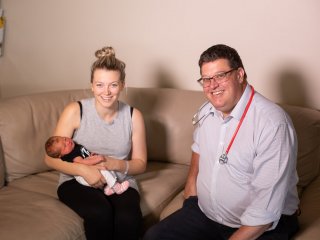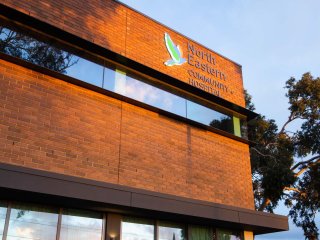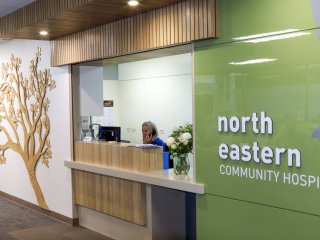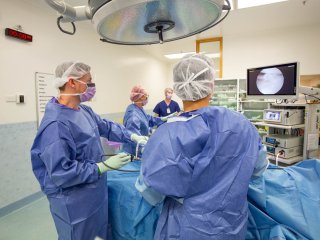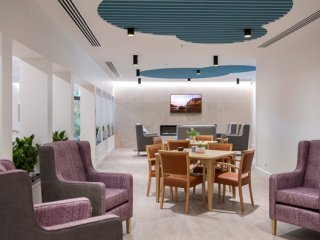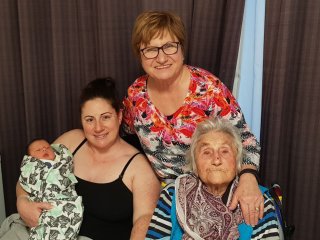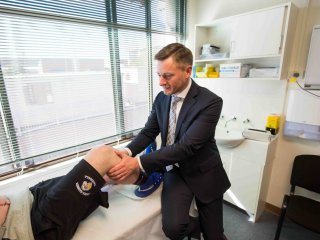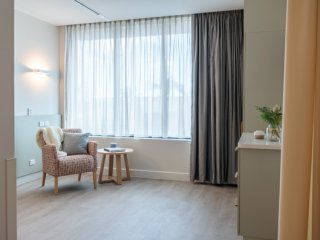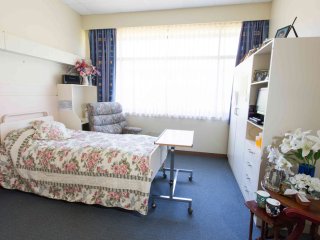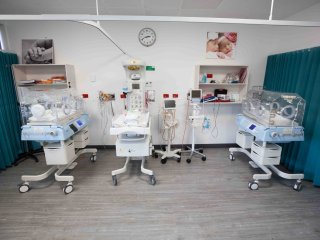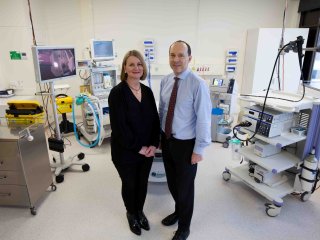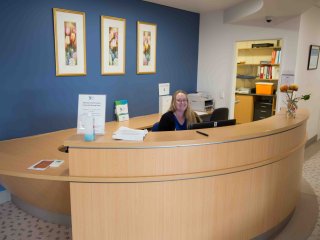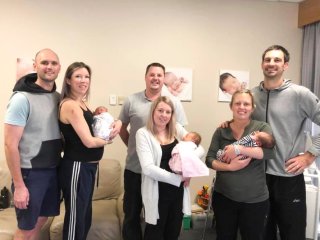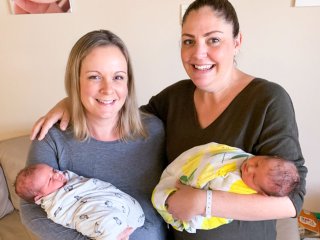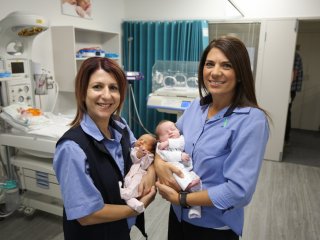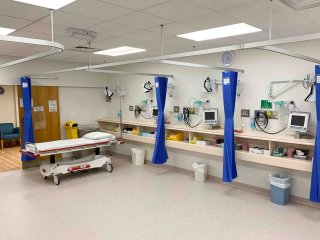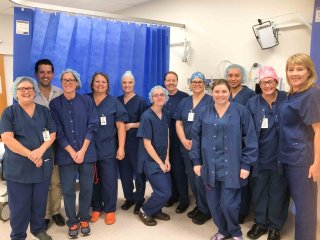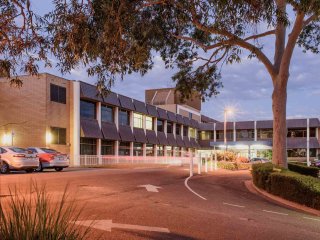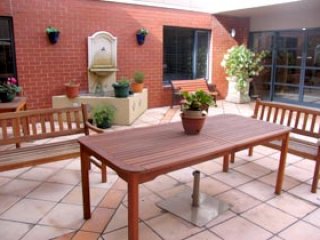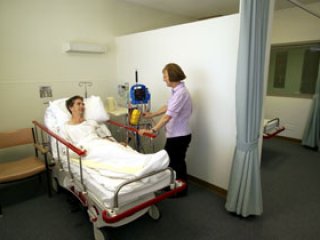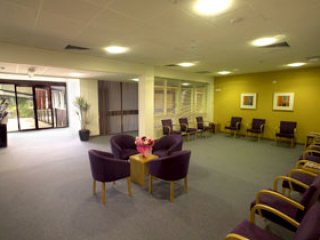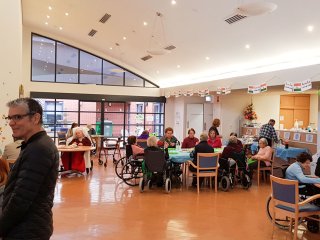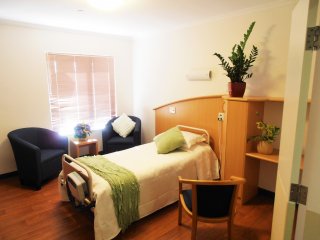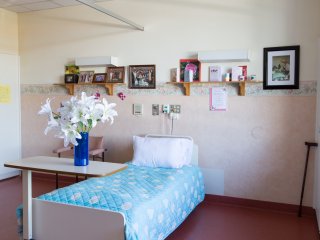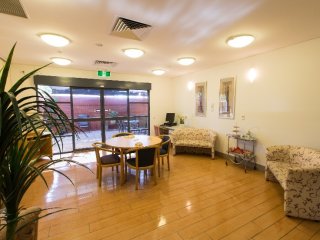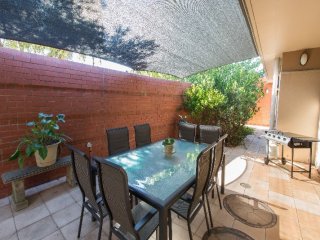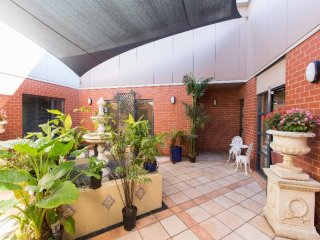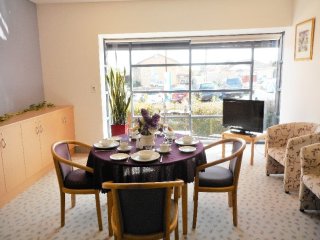Sports injuries, arthritis and fractures are not only incredibly painful, they can dramatically impact a person’s ability to live a normal life. That’s why Orthopaedic Surgeon Prof Greg Bain finds it so rewarding when he can deliver successful outcomes for his patients.
“My job is satisfying because many of my patients go from being in pain and disabled – to getting back to an active lifestyle,” says Greg.
“I love being able to use minimally invasive techniques, including arthroscopy, to solve their problems. It’s performed as a day case, causes less pain, and enables a faster rehabilitation. It is a better outcome for the patient.”
But Greg’s career path wasn’t always clear cut. He was a bit of a sport fanatic, and initially considered being an engineer, before finally deciding to study medicine. By pursuing orthopaedic surgery, Greg discovered he was able to incorporate each of his interests into one line of work.
“I was always interested in sports, and I was mechanically-minded. I realised as a medical student, I could look at x-rays and see the fracture configuration and deformities. It naturally made sense to me, how it works and how we should put it back together.”
Greg is Professor of Upper Limb Surgery and Research at Flinders University. Upper limb is the arm – collar bone to the fingertip and everything in between. Flinders University is well resourced and allows him to be involved in teaching and research.
“A lot of my research is in the mechanics of joints. I’ve now edited six books. These are a bit like children, you don’t like to have favourites. But I am fond of my new book on Elbow surgical techniques, and normal and pathological anatomy of the shoulder. This academic role also allows me to engage with many national and international professional organisations.”
Greg is currently President of the Asia Pacific Wrist Association, and deputy editor of the Journal of Wrist Surgery. These academic pursuits have led to invitations to meetings all over the world, discussing new and evolving concepts of surgical reconstruction of the upper limb.
“These aspects allow me to think globally, but act locally,” says Greg.
“We’ve (also) developed a concept, the shoulder crane, which explains how the shoulder works, and enables us to better understand the way to rehabilitate and often avoid the need for surgery. At Flinders and in my private practice, I’ve also been developing complex custom-made joint replacements. We take a CT scan of the deformed shoulder and with computer modelling compare it to the opposite side to define the area of abnormality. We then print a 3D Plastic model as a ‘trial of operation’. The real model is a 3D titanium print which is used to fill the void. Then we do a conventional shoulder replacement on top of the 3D printed metallic bone. This can be complex! The challenge is to be sure it is all perfect. The plastic 3D models help a lot. Everything is triple checked to make it perfect. Follow up scans have shown it is within 1mm, so we still have room to improve!
“It’s nice to be able to bring these new advanced concepts into the medical arena.”
As a footy and sports fan, Greg also relishes the opportunity to get elite players – many of whom are well-known professionals – back to playing as soon as possible.
Previously patients with a shoulder dislocation would undergo shoulder arthroscopic reconstructive surgery. This helps most athletes, but some will re-dislocate their shoulder, especially with footy.
“We now do many more bone reconstructions in the shoulder. The shoulder is much more robust with the bone to bone healing. Players can get back to playing quicker, often at four months. But more importantly, they have a much lower chance of re-dislocating, reduced from 10 to 20 per cent down to three per cent.”
Greg believes that to be a good surgeon, you first have to be a good doctor. “Good doctors are understanding, empathetic, and can relate to the patients,” he says.
“In terms of surgery, you need to be able to identify the correct patients for surgery. Not every surgery will work for every patient, or every stage of the disease. There are certainly times and situations where surgery is not the best option. We all cope differently with the stresses of surgery, time off work, or even have a ‘tricky ticker’. The most important thing is to identify the one’s that shouldn’t have surgery.
Greg enjoys working as a visiting specialist at North Eastern because it’s a community-focused hospital.
“One of the best tests is how many of the nurses have been at a hospital for more than 10 years. At North Eastern, many nurses have been there much longer than 10 years, which shows they like working there. It’s always had a friendly atmosphere, which comes down to the nursing staff and leadership. They’ve created a friendly environment, which is good for me, as its more enjoyable. I find this makes patients feel more at ease. It just helps in so many ways!”
For further information – www.gregbain.com.au




